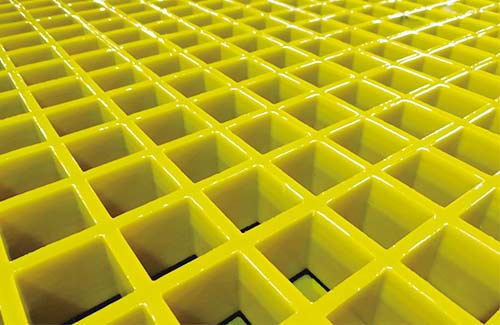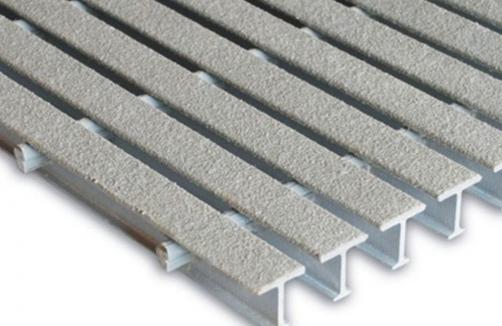FRP Molded Grating for Chemical Plants: Enhancing Safety and Durability in Industrial Environments
Chemical plants are among the most demanding industrial environments, where safety, durability, and efficiency are paramount. Traditional materials like steel and concrete often fall short in meeting the unique challenges of these settings. Fiberglass Reinforced Plastic (FRP) molded grating has emerged as a superior alternative, offering exceptional resistance to corrosive substances, heavy loads, and harsh conditions. But what makes FRP grating the ideal choice for chemical plants? How does it enhance safety and durability? And what are the key considerations when implementing this technology?
Why Choose FRP Molded Grating for Chemical Plants?

Chemical plants expose materials to extreme temperatures, corrosive chemicals, and heavy foot traffic. Traditional materials like steel rust quickly when exposed to chemicals, while concrete cracks under pressure. FRP grating, on the other hand, combines the strength of fiberglass with the rigidity of a plastic matrix, making it highly resistant to corrosion, UV radiation, and chemical erosion.
One of the primary concerns in chemical plants is slip resistance. Falls can lead to severe injuries, and workers need a stable, non-slip surface even when wet or contaminated. FRP grating is available in various patterns, such as chevron or diamond, which provide excellent traction and reduce the risk of slips. Additionally, its non-conductive properties make it safer in environments where electrical hazards are present.
Safety and Durability: The Dual Benefits
Safety is not the only advantage of FRP grating. Its durability also makes it a cost-effective solution in the long run. Unlike steel, which requires frequent painting and maintenance to prevent rust, FRP grating does not corrode or fade over time. This means chemical plants can save on maintenance costs and reduce downtime.
Moreover, FRP grating can withstand heavy loads without bending or cracking, making it ideal for platforms, walkways, and mezzanines. Its lightweight nature also reduces the load on supporting structures, which can be particularly beneficial in older facilities.
Key Considerations for Implementation
While FRP grating offers numerous benefits, proper selection and installation are crucial for optimal performance. Here are some key considerations:
- Load Requirements: Determine the maximum weight the grating will support, including workers, equipment, and environmental factors.
- Chemical Resistance: Choose a material grade that can withstand the specific chemicals present in your facility.
- Installation Methods: Ensure proper anchoring and support to prevent shifting or instability.
- Compliance with Standards: Adhere to industry standards such as ANSI/NSPE 2.6 or AISC 360 for structural integrity.
Sharing Best Practices for Long-Term Success
Implementing FRP grating in a chemical plant requires careful planning, but the long-term benefits are undeniable. Here are some best practices to ensure success:
- Conduct a Thorough Assessment: Evaluate existing infrastructure and identify areas where FRP grating can improve safety and efficiency.
- Consult Experts: Work with experienced engineers and suppliers to select the right product for your specific needs.
- Regular Inspections: Perform routine inspections to ensure the grating remains in optimal condition.
By choosing FRP molded grating, chemical plants can create safer, more durable walkways and platforms that stand up to the toughest industrial challenges.
Conclusione
FRP molded grating is a game-changer for chemical plants, offering unparalleled safety, durability, and cost-effectiveness. By addressing key questions about material selection, installation, and maintenance, facilities can maximize the benefits of this innovative solution. For industries where safety and longevity are non-negotiable, FRP grating is the clear choice for enhancing industrial environments.







